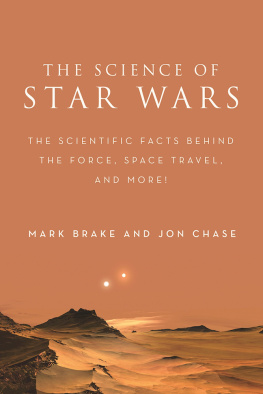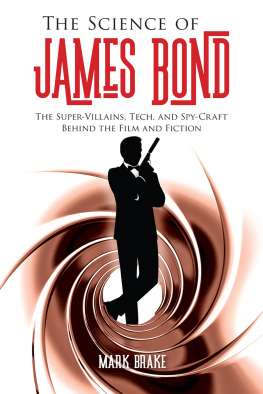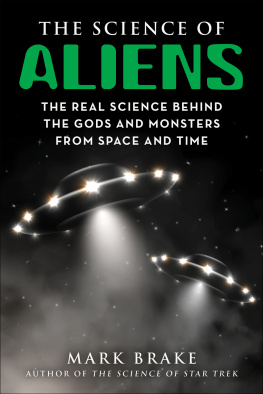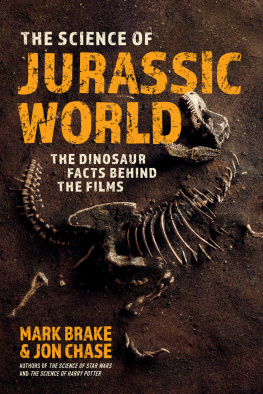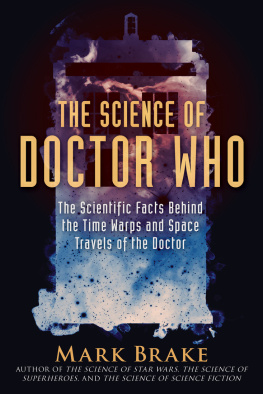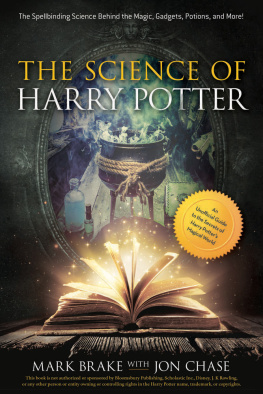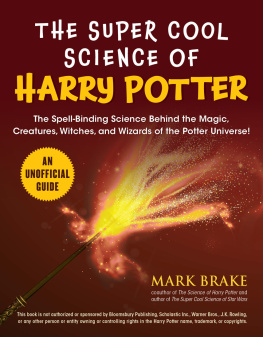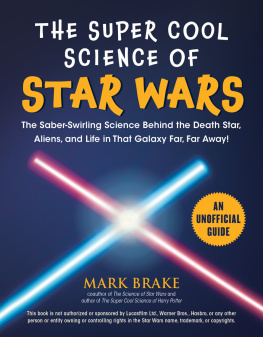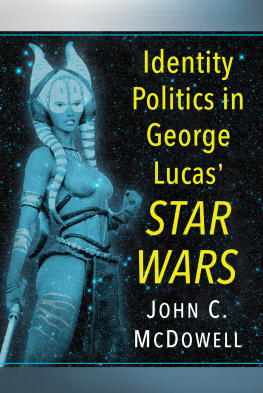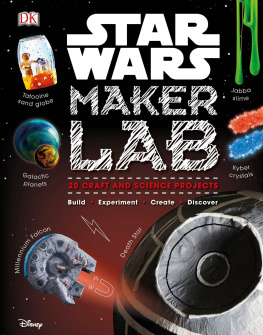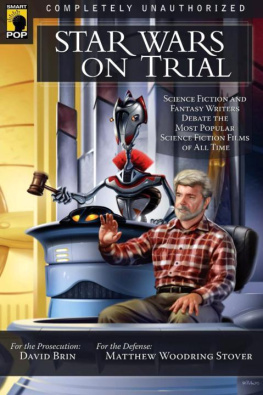Copyright 2016 by Mark Brake and Jon Chase
All rights reserved. No part of this book may be reproduced in any manner without the express written consent of the publisher, except in the case of brief excerpts in critical reviews or articles. All inquiries should be addressed to Racehorse Publishing, 307 West 36th Street, 11th Floor, New York, NY 10018.
Racehorse Publishing books may be purchased in bulk at special discounts for sales promotion, corporate gifts, fund-raising, or educational purposes. Special editions can also be created to specifications. For details, contact the Special Sales Department, Skyhorse Publishing, 307 West 36th Street, 11th Floor, New York, NY 10018 or .
Racehorse Publishing is a pending trademark of Skyhorse Publishing, Inc., a Delaware corporation.
Visit our website at www.skyhorsepublishing.com.
10 9 8 7 6 5 4 3 2 1
Library of Congress Cataloging-in-Publication Data is available on file.
Cover design by Brian Peterson
Cover photographs: iStockphoto
Print ISBN: 978-1-944686-28-4
Ebook ISBN: 978-1-944686-29-1
Printed in the United States of America
TABLE OF CONTENTS
What Are the Chances of Navigating Safely
Through an Asteroid Field?
What Does the Star Wars Galaxy Tell Us
About Our Own Milky Way?
Could Starkiller Base Drain the Energy
From a Star, as in The Force Awakens ?
The Link Between Hoth and Mars:
Why Might Humans Make Like Exogorths?
How Come Many Planets in Star Wars
Have Breathable Atmospheres?
Darwinian Dynamics: How Do Theories of
Evolution Apply in the Star Wars Universe?
Struggling with Stormtrooper Uniforms in Battle:
Is That Why Theyre Such Terrible Shots?
How Long Will It Be Before Smartphones Send
Holographic Messages?
INTRODUCTION
I have a long history with Star Wars and science fiction.
In the same summer that brought Star Wars: Episode I The Phantom Menace , I designed and validated planet Earths first science and science fiction university degree program.
The worlds press had a field day. The degree program would enable its students to study science fictionfrom the publication of Mary Shelleys Frankenstein through to the current Star Wars movie. Back in 1999, that first syllabus examined the link between science fiction and real science, and considered the cultural significance of science and science fiction. For the better part of two decades since, Ive explored the relationship between space, science, and culture.
This book does just that.
Through the lens of Star Wars, we see the universe in a new light. Almost on a daily basis science unveils something new, and potentially shocking, about the world in which we live as well as its relation to the rest of the universe. The countless galaxies wheeling through space and time. The rise of the robot. The unraveling of the human genome. The universe, it seems, is increasingly decentralized, infinite, and alien. In short, the universe is a strange place.
Star Wars is a response to this cultural shockthe shock of finding ourselves in an increasingly marginal position in a hostile cosmos. The stories of Star Wars help us come to terms with this new universe unveiled by science. Star Wars works by conveying the taste, the feel, and the human meaning of the findings of science. Star Wars puts the stamp of humanity back onto the universe. It makes human what was once alien.
Sure, maybe there are more stars in the universe than grains of sand on all of Earths beaches. Perhaps a hundred billion galaxies flow in the great beyond, outside our infinitesimal Milky Way. But Star Wars makes you feel we could still own our Galaxy. Earth may no longer sit at the center of the universe. The Sun may no longer be the only star with planets. But with small steps and an outward urge (and preferably our own Millennium Falcon ), that galaxy could someday still be ours.
If the science of space isnt daunting enough, theres Darwin. Man among the microbes, with no special immunity from the jaws of evolution, and vanishingly little evidence of a divine image. Each successive biological discovery to date has had a huge impact, both on the human condition and on the meaning of life in the universe.
Star Wars helps.
It helps us to imagine how evolution might play out on a cosmic scale. Darwins theory of evolution cuts both ways. It provided a mechanism for the evolution of life on Earth. It also delivered the self-same mechanism for how alien life might develop and evolve in extraterrestrial settings. Evolutionary biologists may conjure up all sorts of scenarios. But Star Wars puts those scenarios into sci-fi, and the theories of science come back to us transformed by fiction.
Thats why there is something revolutionary about Star Wars. Painting pictures of the cosmos, as it were, has a dialectic effectthe cosmos comes back to us changed. By imagining the strange worlds of Star Wars, we come to see life in the universe in a new perspective.
Its so easy to be dazzled by the infinity of visions Star Wars presentsa bewildering diversity of star systems and planets, alien species and spaceships, droids and cyborgs, light tricks and life forces.
On a simpler level, Star Wars is all about the relationship between the human and the nonhuman. So thats how this book is structured. Its divided into five conceptual themes: space, space travel, tech, bio-tech, and aliens. Each of these themes is a way of exploring the relationship between the human and the nonhuman. Taking a closer look at these themes will illuminate the genius of Star Wars, as if a vibrant lightsaber were being held to it. It will show the way in which the franchise functions.
Space . Space in Star Wars is a vast arena in which the stories unfold. But its also a facet of the nonhuman, natural world, replete with stars and habitable planets.
Space Travel . Having the vast arena of space is one thing. But how do you get from one star system to another? This theme deals with nonhuman questions of journeying to the stars, including faster-than-light travel, hyperspace, and a certain gargantuan space station.
Tech. What will the future bring in the form of machines? Star Wars has plenty to say about the rise of the robot, and the prospect of artificial intelligence. And what of the tech of social engineering and the surveillance culture of the Empire?
Bio-tech. What might humans one day become? Whether through genetic design or bio-tech enhancement, Star Wars peeks at our wetware evolutionary future.
Aliens. If space truly is a vast arena of habitable planets, what kind of creatures lurk in its depths? Star Wars has created some of the most famous alien life-forms in all of film and fiction.
So join us in our open-minded search for science in the worlds most popular science fiction franchise.
Mark Brake, 2016
PART I
SPACE TRAVEL
HOW HAS STAR WARS INFLUENCED SPACE CULTURE AND SPACE TRAVEL?
I n March 1944, a detail of US Army counter-intelligence agents raided the offices of the monthly magazine, Astounding Science Fiction . Their brief was simple: to uncover any data leaks following the publication of a speculative sci-fi story about an atomic weapon. This was decades before the Death Star, but bombs were all the rage even then.
The spooks didnt do a very thorough job.
After the raid, the magazines editor, John W. Campbell, voiced his relief that the agents failed to spot a wall-map in the office, which detailed the distribution of subscribers across America. Clearly marked on the map with bright-red pins was a cluster at PO Box 1663, Santa Fe, New Mexico. The address was home to the Manhattan Project, the Allied attempt to build the atomic bomb, which, like the Death Star, was another superweapon invented in science fiction.

